Petra Leary is an award-winning aerial photographer based in Auckland, New Zealand. Her drone photography skills have seen her work with clients including Ford, Toyota, and T-Mobile, and publications such as The Guardian, Conde Nast Traveler China, and New Zealand Geographic. Leary is also an ambassador for the brands DJI and Peak Design.
We spoke with Leary last week about she got started with drone photography, her career so far, and what tips she has for aspiring aerial photographers.
Getting Started
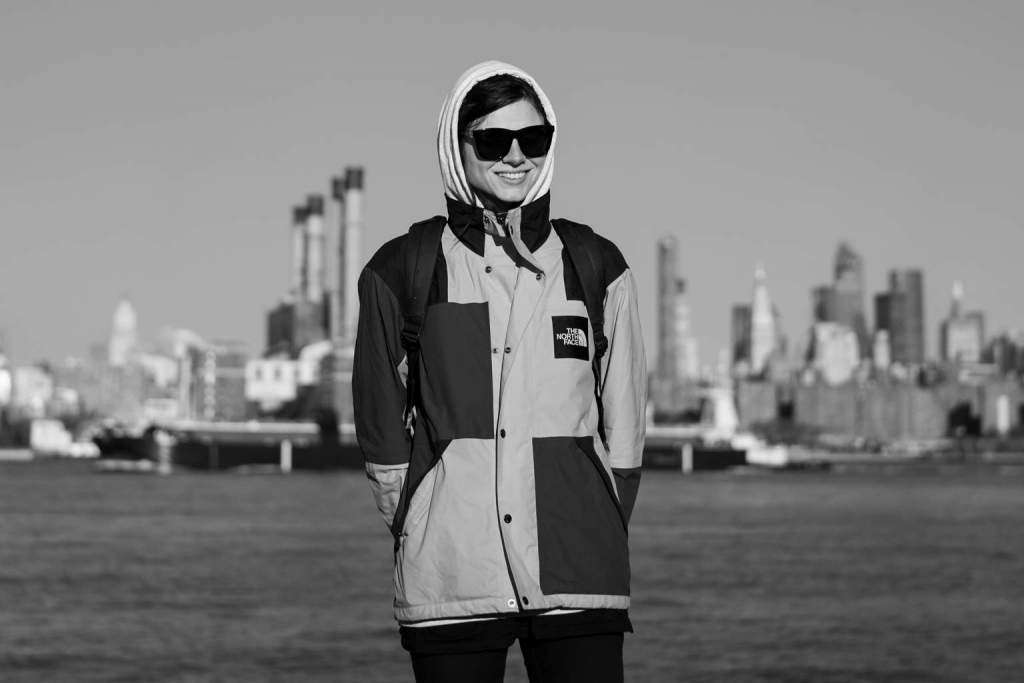
Six years ago, Leary was fresh out of college and had just started working as a junior graphic designer. A photography enthusiast, she loved shooting urban skylines in her spare time, often climbing to the tops of buildings to get the perfect shot. One day, a friend who owned a camera drone asked Leary if she’d like to try using it.
“I was instantly hooked,” Leary says, explaining that she purchased her own drone the very same day. “I never really had the same interest in normal photography after that. I just wanted to shoot photos with the drone.”
A drone or UAV (unmanned aerial vehicle) is any aircraft without a pilot or passengers on-board. They are generally operated via remote control. In photography, a drone refers to a UAV with a camera built-in or attached to the aircraft. Drone photographers like Leary operate and pilot the drone while simultaneously photographing or shooting video.
“The functionality of it I love, because it reminds me of playing video games,” Leary says, admitting she’s an avid gamer. “It’s almost a combination between playing a game and having a camera.”
However, requiring dual skill sets, drone photography is not an easy style to master. Leary says it can be “nerve-wracking” when you first start flying, and many photographers struggle to get used to “controlling a drone and being able to photograph at the same time.”
Finding Work
While drone photography has become increasingly popular in recent years, at the time, Leary says it was somewhat rare. Once she started sharing her photos on Instagram, they quickly drew attention. Friends working in advertising and publishing started reaching out with professional opportunities.
One friend hired Leary to shoot aerial footage of Rotorua, a city in New Zealand known for its geothermal activity. The photos Leary captured were used in the branding of a local restaurant, Terrace Kitchen. Framed photos of her work still hang on the restaurant’s walls.
Another friend asked Leary to submit her photo of a swimming pool to a local magazine. Leary’s image was used on the front cover. Word continued to spread, and requests for work kept coming.
Within two years of first using a drone, Leary was working as a drone photographer full-time. Her work has since garnered numerous awards, including the 2019 Webstar Magazine Media Best Photographer award, and an honorable mention in the 2019 International Photography Awards. We also recently named Leary one of the top ten women photographers on Instagram you should be following.
Today, new clients find Leary through her Instagram profile, website, and word of mouth referrals. She appreciates the creative freedom that comes with professional aerial photography work.
“Sometimes [the client] will have specific locations in mind, but it’s usually pretty open to this is the sort of area that we want to photograph,” Leary says. “So it’s your job to go out and find things that look interesting.”
Leary adds that she also enjoys working with clients that “already have an idea” of what they want “because you end up doing things that you probably wouldn’t do otherwise.”
Rules and Regulations
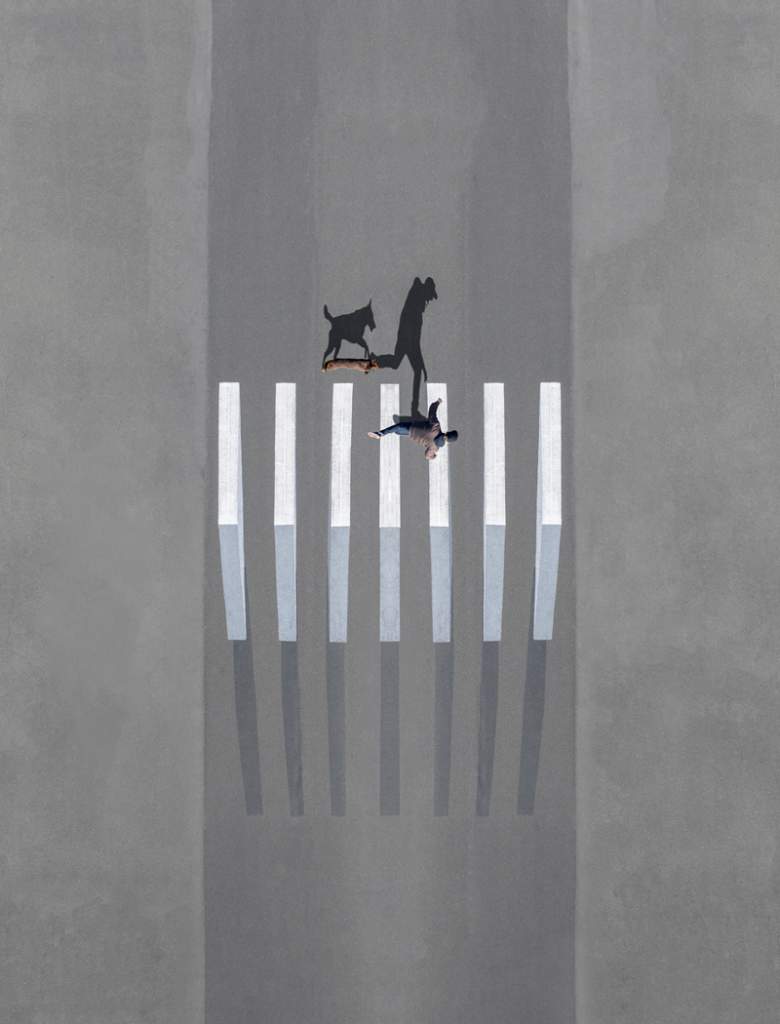
One of the biggest hurdles when it comes to drone photography can be the laws and restrictions regarding flying UAVs. In the US, the regulations can vary drastically depending on the county and state you’re in.
However, Leary doesn’t feel held back by the rules. In New Zealand, she benefits from a regulation known as shielded flight, which allows her to fly her drone, even at night and in a controlled airspace, provided it stays within 100 meters (328ft) of, and below, the top of a man-made or natural object. The logic being that other aircraft are unlikely to be flying at the same height as these structures.
Of course, other restrictions can apply, especially for commercial work. Leary says the time she spends on applications and permits can vary from job to job. Especially if she’s shooting in a new location and needs to research the local regulations. It’s clear Leary respects the administrative side of her work as a dull yet necessary part of the job.
“There’s not that much time that goes into it, compared to the actual work, the actual photography side of it,” Leary says. “Once you’ve done it a few times, it’s pretty simple. It just becomes pretty normal to do.”
Developing a Style
Leary’s biggest tip for aspiring aerial photographers is “find your own style.”
“Drones are so popular now that every person has one, and you see so many photos that look exactly the same,” Leary explains. She recommends trying to do something that is uniquely yours, and doesn’t just replicate what others are doing.
Leary’s own style is clearly informed by her background in graphic design. She’s particularly well known for photographing sports courts from a birds-eye view, emphasizing the symmetry and geometric shapes in their design.
“It’s funny, because a lot of people ask me whether I play basketball and stuff, and I’ve never, ever played in a team,” Leary says with a laugh. “It’s really just the graphic element of what you see.”
“I like how they all kind of follow a format, but they have variation as well. It’s the same layout for everything, but they all look different; different surfaces or different surroundings, things like that.”
Location Scouting & Shooting Conditions
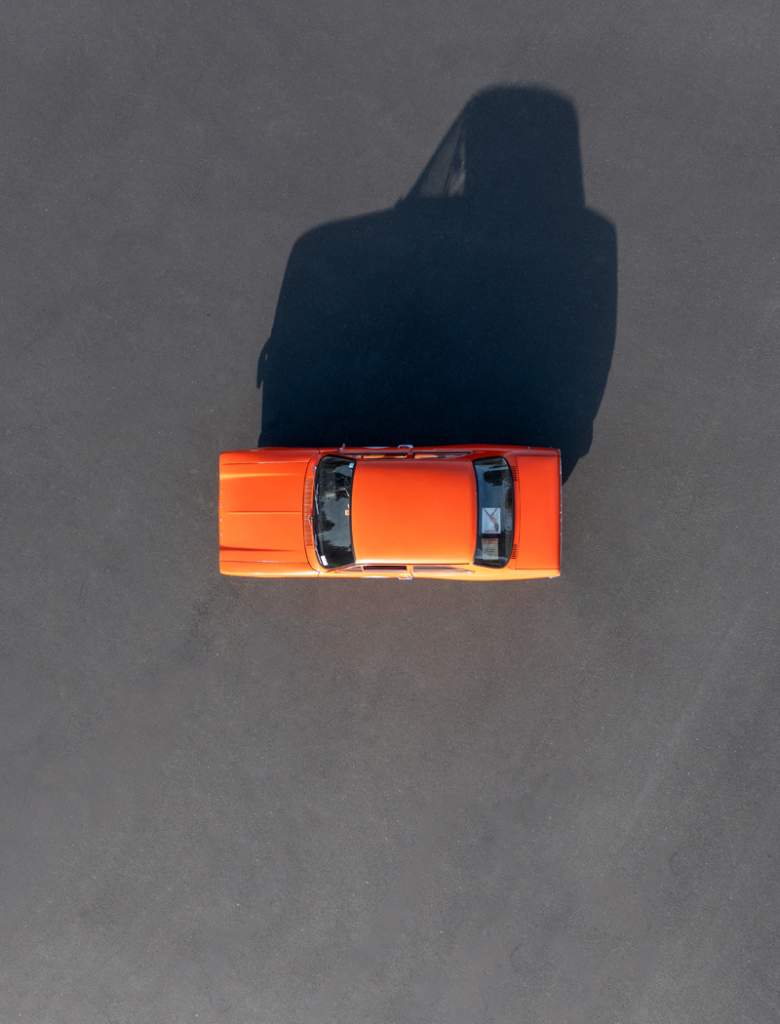
When it comes to location scouting, Leary says Google Maps is an invaluable tool. She regularly explores New Zealand via the satellite view, looking for new locations to shoot. However, it’s not a perfect system.
“A lot of the time you tend to find something, and then when you get there, it’s really different, because the satellite images are from four years ago.”
Leary says she also researches online when new sports courts are being built, and even knows a construction company that specializes in basketball courts that will let her know once they’ve built a new court.
Ideal shooting conditions can vary, Leary says, depending on the subject. When shooting landscapes or natural scenery, she tries shoot in softer light, such as early morning or late afternoon. However, harsh light can also be beneficial when shooting a “concrete or urban environment.”
“The really hard shadows can actually make it look amazing, because it gives you a more realistic shadow-to-person or object ratio.”
When it comes to the weather, Leary recommends shooting on a “really still day” to avoid unwanted drone movement. “Flying in the wind is a completely different thing to flying on a nice day.”
Camera Gear & Accessories
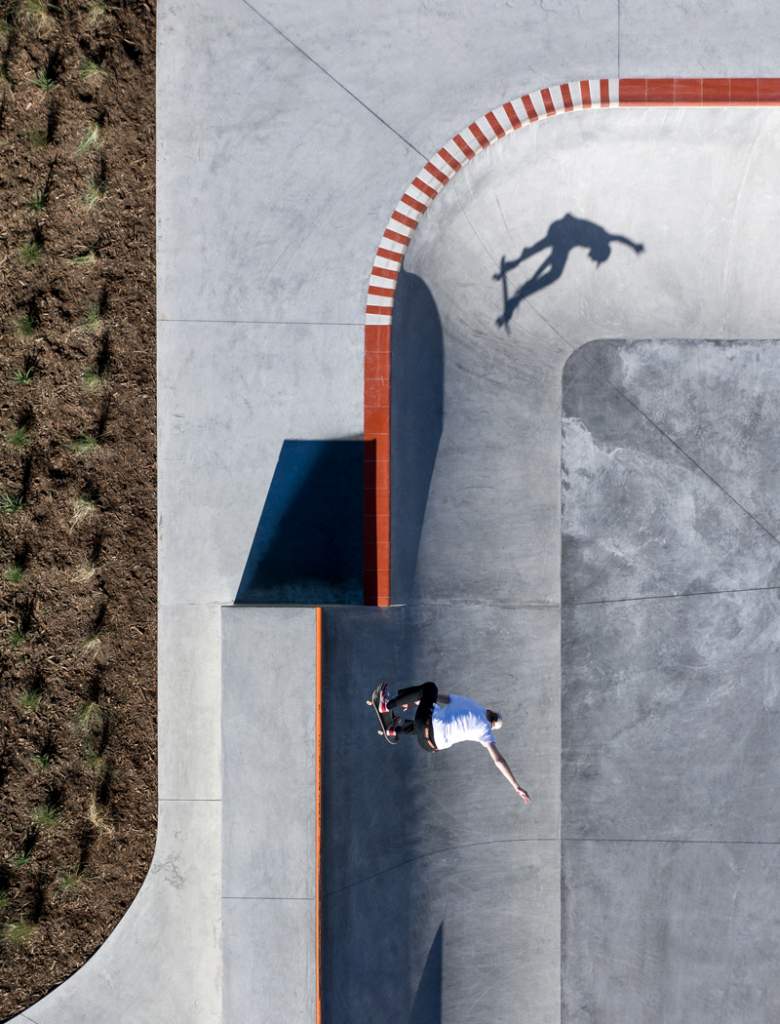
Leary primarily uses a DJI Mavic Pro 2 drone with a DJI smart controller. The drone’s powerful Hasselblad camera has a 20MP 1-inch CMOS sensor, fixed lens (equivalent to 28mm), and supports an advanced 10-bit DLog-M color profile.
Leary also uses a DJI Inspire 2 drone with a Zenmuse X5S gimbal for more demanding commercial shoots. Leary uses the interchangeable lens camera with the Panasonic LUMIX 15mm F1.7 and Olympus M.Zuiko 45mm F1.8 lenses. The camera has a Micro Four Thirds sensor, so the focal length equivalents are 30mm and 90mm respectively.
Leary brings both drones to every shoot so she always has a back-up option, as well as a car charger in case she runs out of battery. Low charge can be a big issue in drone photography, which Leary says she learned the hard way.
“One thing I learnt a few years ago was that if your drone gets to a certain battery level, it will just go to land, no matter where you are,” Leary says. Her Mavic Pro 2 started running low on battery while she was shooting on a remote peninsula, and ended up landing “in the middle of nowhere.”
Retrospectively, Leary wishes she’d engaged Sports Mode in the final minutes before the drone descended. This feature enables the Mavic Pro 2 to travel up to 45mph (72kph). Other features Leary likes to use on the Mavic Pro 2 include Tripod Mode and Burst Mode.
Tripod Mode stabilizes the drone, and makes it less “sensitive to your movements” explains Leary. “If you’re trying to align perfectly above something, it just makes it way easier.” Meanwhile, Burst Mode allows Leary to capture five to nine shots in rapid succession. It’s a feature Leary finds helpful when shooting sports, or any fast-moving subject.
Post-Production
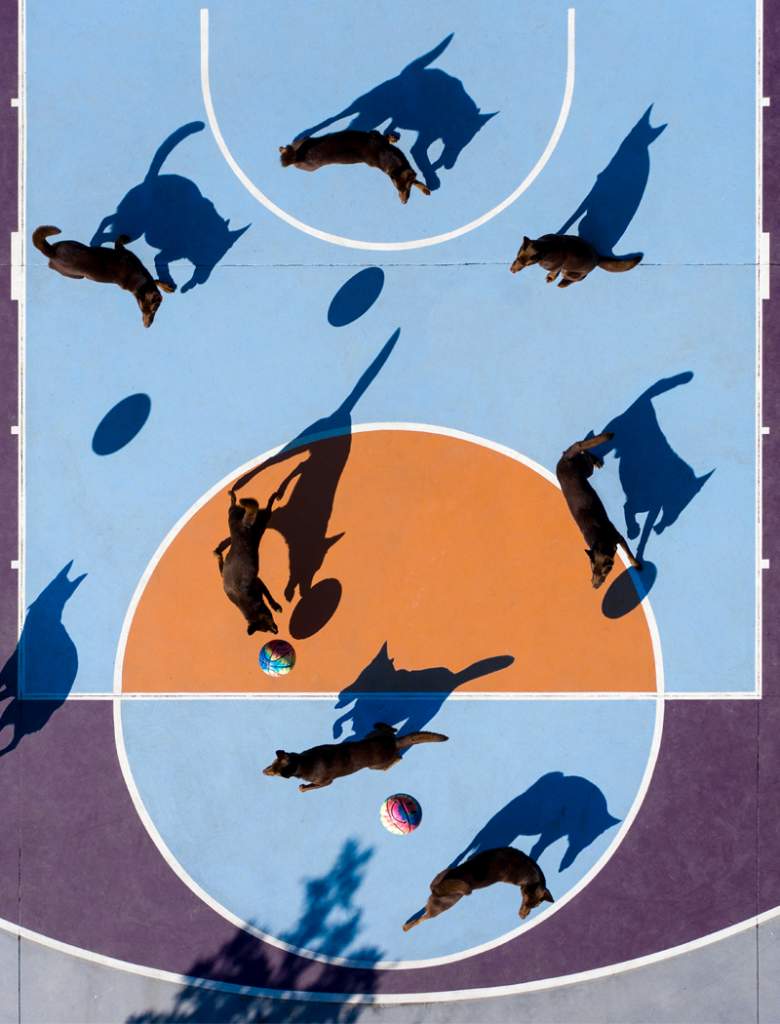
Leary says the duration of her shoots can vary from a few minutes to multiple hours long. Her post-production workflow, however, is generally more straightforward.
“Basically, from start to finish I use Lightroom to catalog everything,” Leary explains. She then generally selects her favorite images and color-grades them directly in Lightroom. However, Leary also uses Photoshop to layer multiple frames together to create more complex compositions, which she then returns to Lightroom for a final grade.
Such compositions, including the image above, are a staple of Leary’s work. While every one of the images Leary shares on her website and Instagram profile are compelling, it is her most visually arresting compositions that have helped her establish a highly-respected, international profile. Further evidence that “finding your own style” is paramount to an aerial photographer, or indeed, any photographer’s success.
____
We hope you enjoyed our interview with acclaimed aerial photographer, Petra Leary. Check out her website, petraleary.com, or follow her on Instagram at @petraleary to see more of her work.



















